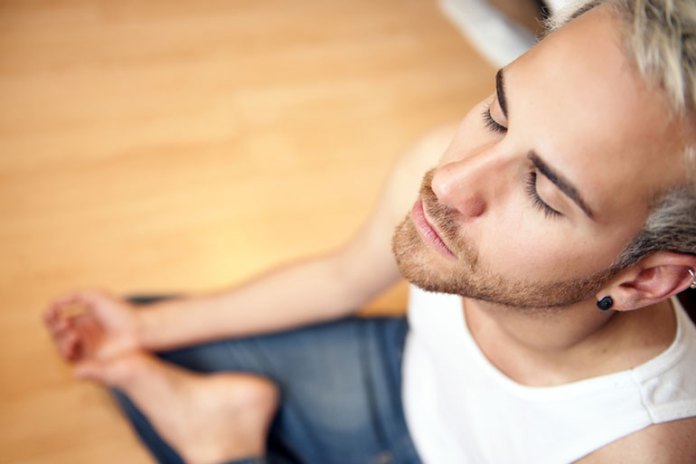Trichotillomania is the mental disorder in which a person persistently and irresistibly pulls hair from his scalp, eyebrows, eyelashes, or from other parts of the body. The person, however, is aware that it might damage his physical appearance, and still does it uncontrollably. While in some people it is mild and manageable, in others, the urge is so much that they would have bald spots on their scalp, scanty eyebrows, and lashes.
A person with trichotillomania experiences a sense of tension before pulling his hair and feels relieved after doing it. He might also chew, bite, or eat the pulled hair, or rub it against his face or lips. In some, there might be a specific pattern of doing it, or there might be certain triggers like stress, tensions in personal life, which would lead them to pull the hair.
There are various medical therapies like cognitive therapy, habit reversal training, and medication which help overcome this disorder. However, this can also be self-managed with coping techniques that do not need medical intervention.
How To Overcome Trichotillomania
1. Identify The Triggers

Identifying what triggers you to pull the hair is the first step in streamlining the process that would help you cope with it. Understanding the situations, emotions such as anxiety, depression, fear, and surroundings that were present just before you pulled the hair are the possible triggers. It is advisable to maintain a track of these by writing specific situations over the period of 2 weeks. Revisiting these records would help you find the pattern or set of feelings that would cause the disorder.
2. Understand What You Feel After

Most of the cases of trichotillomania pull their hair because they feel very relieved and stress-free after the act. Therefore, it is evident that the feeling or emotion before pulling is the one that reinforces the act. Studies have also shown that there could be some incidents in childhood that could have led to post-traumatic disorder and trichotillomania could be one of its symptoms. Trying to avoid the cause of it is one of the methods of coping with this disorder.
3. Find An Alternative Way Of Expression

Now that the triggers are evident, it is necessary that you change the way you express those emotions. Find an alternative form of expression which does not cause harm to you and instead lifts your mood up. It should also be easy to do and should not require any preparations. Some of them are cleaning, stretching, calling up a friend, painting, scribbling on a paper, listening to music, and playing video games. So, the next time you feel anxious or depressed, instead of pulling your hair, try cleaning the clutter both outside and inside your mind.
4. Try Physical Reminders

Sticking notes with a message to avoid pulling hair, stuck at your desk, in your kitchen, on your cupboard, or any other place that you use often helps. You could alternatively use objects like gloves or a wristband that could act as reminders every time your hand reaches up to your hair.
5. Practice Mindfulness Exercise

Practicing mindfulness exercise helps to troubleshoot the potent triggers, in turn aiding you to get rid of the disorder. Find a calm and cozy place, sit comfortably, and breath in–hold–breath out. Increase these counts every day beginning with a count of 10. There might be hundreds of thoughts crossing your mind while you are doing this, address them, do not contemplate, and bring your concentration back to breathing.
6. Try Progressive Relaxation Technique

Progressive relaxation techniques help relax your body muscles one by one. The process involves tensing your muscles such that the brain sends signals to relax them, helping in soothing down your whole system. In a calm and clutter-free place, lie down and tighten your body parts for 6 seconds, followed by relaxing them for 6 seconds. Do it from head to toe, part by part, slowly, such that each part of your body is calmed.
Apart from these, making effort to keep yourself away from triggers, replacing negative thoughts with positive ones, enhancing your self-esteem and confidence also help you overcome this order. Identifying the right trigger is the key in any case.





